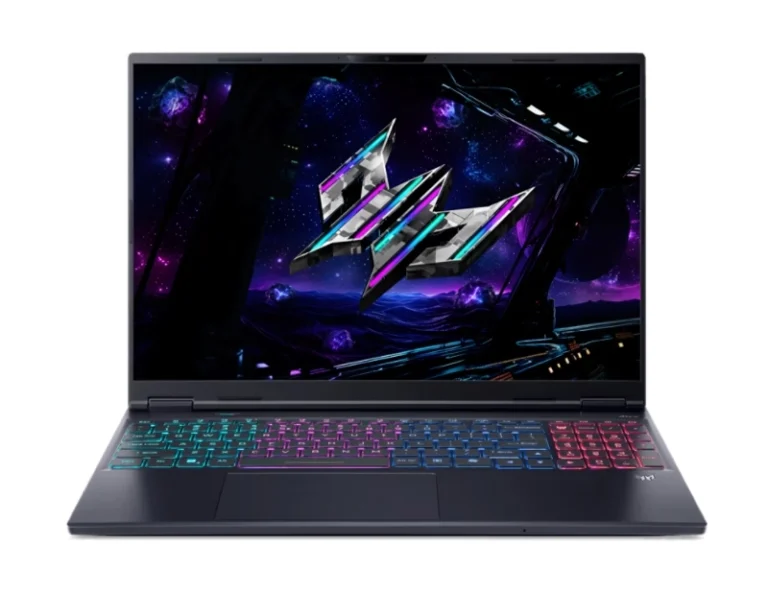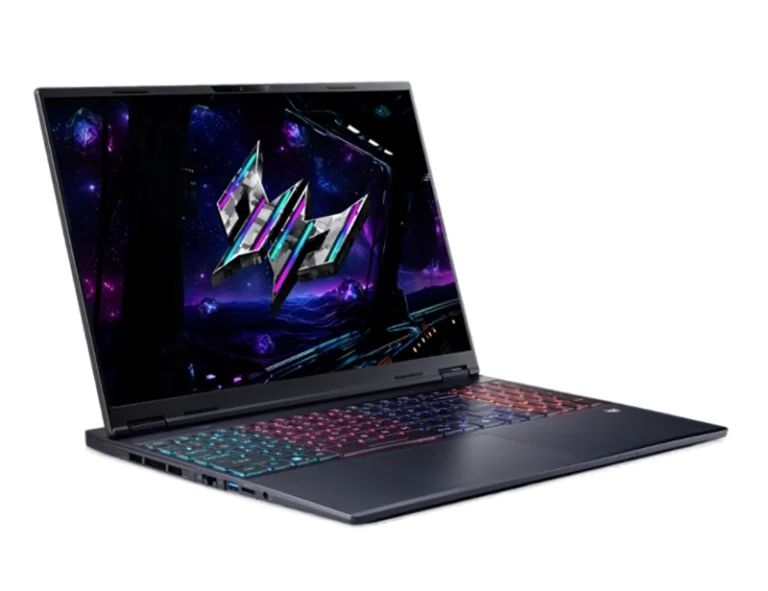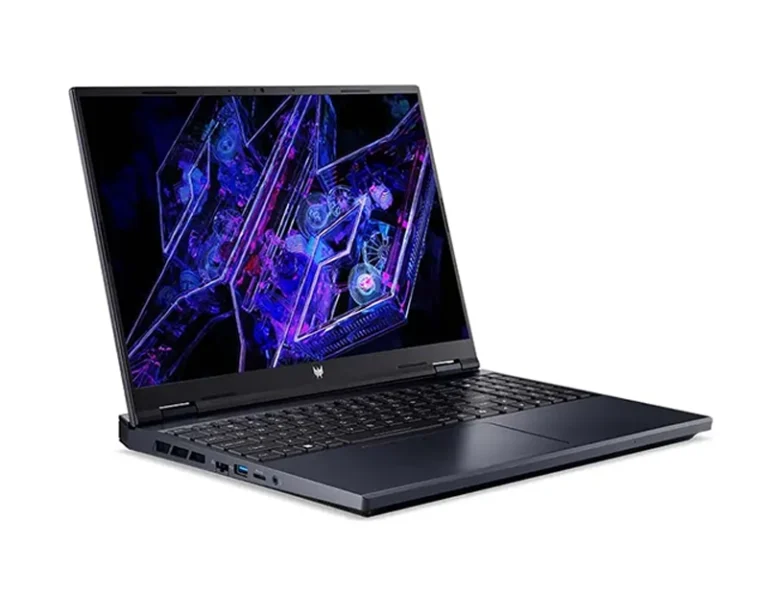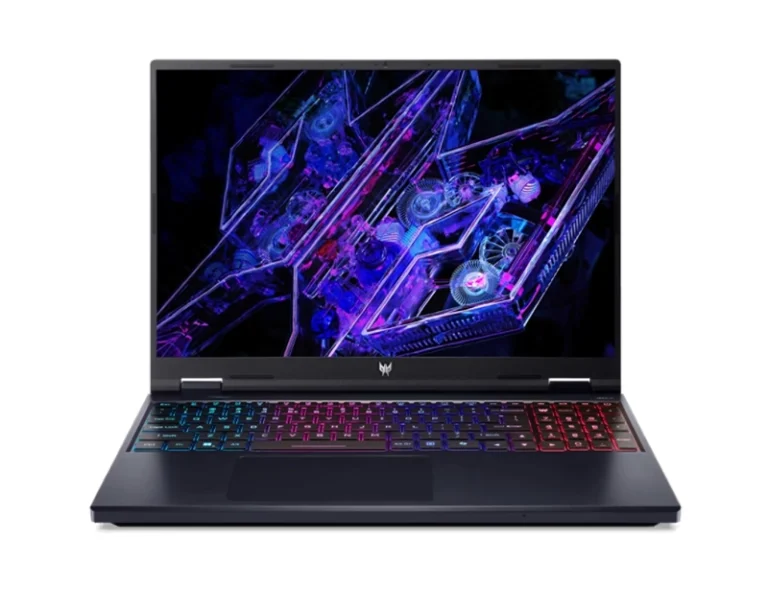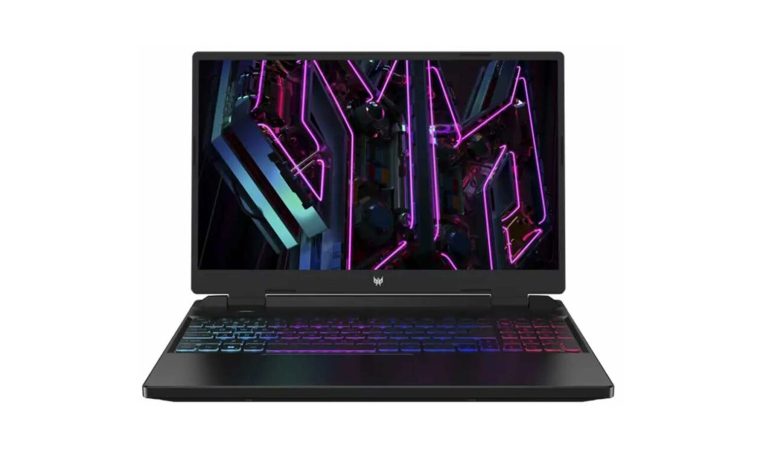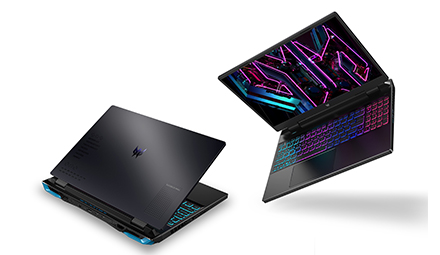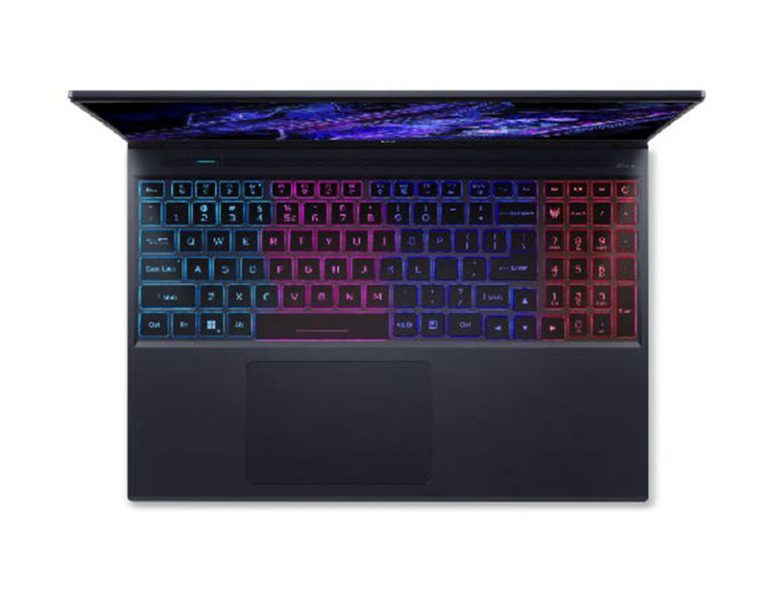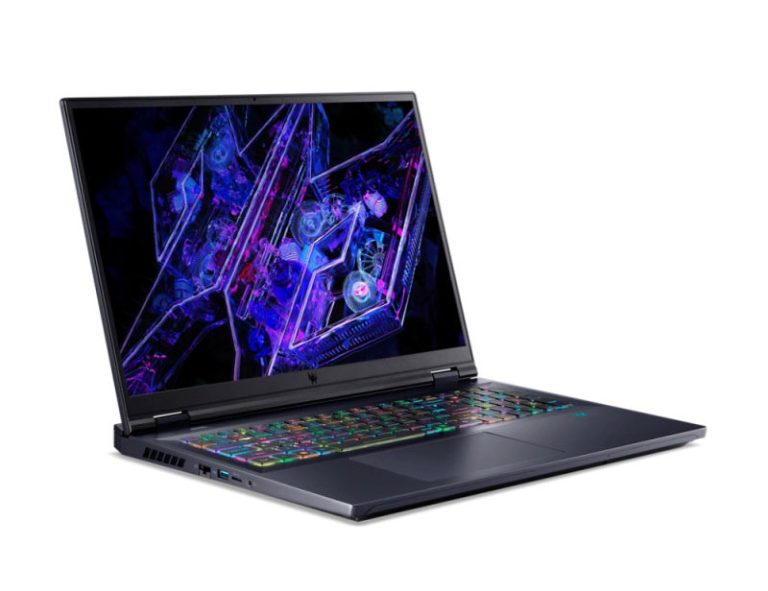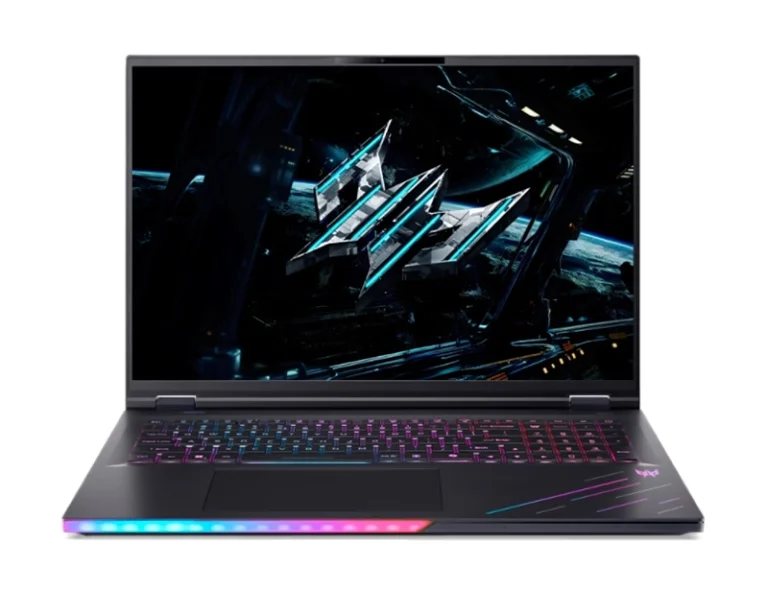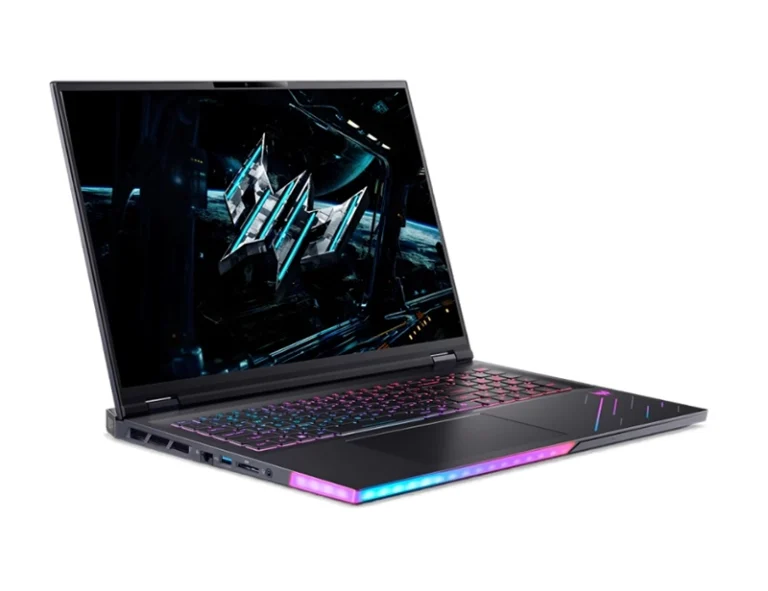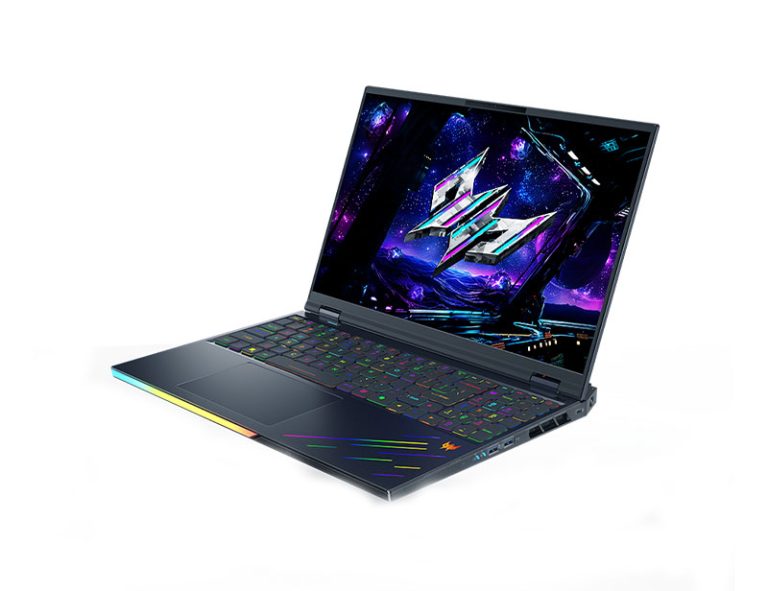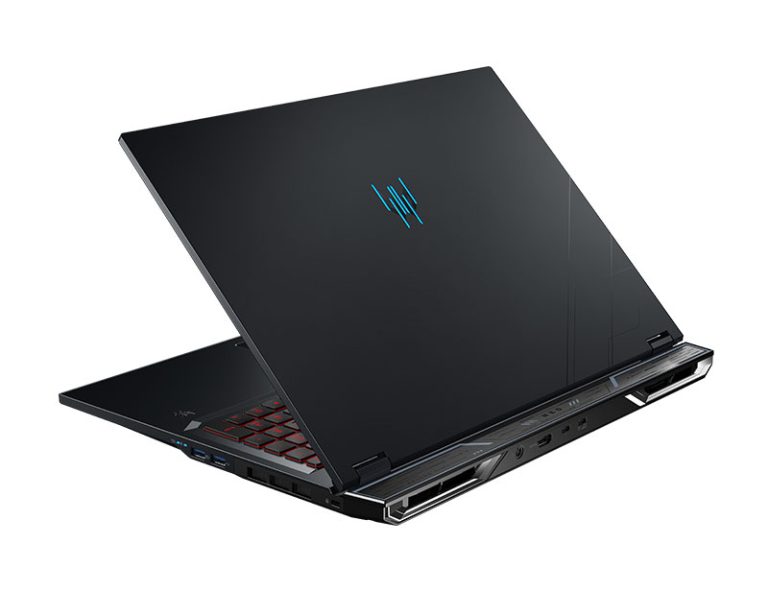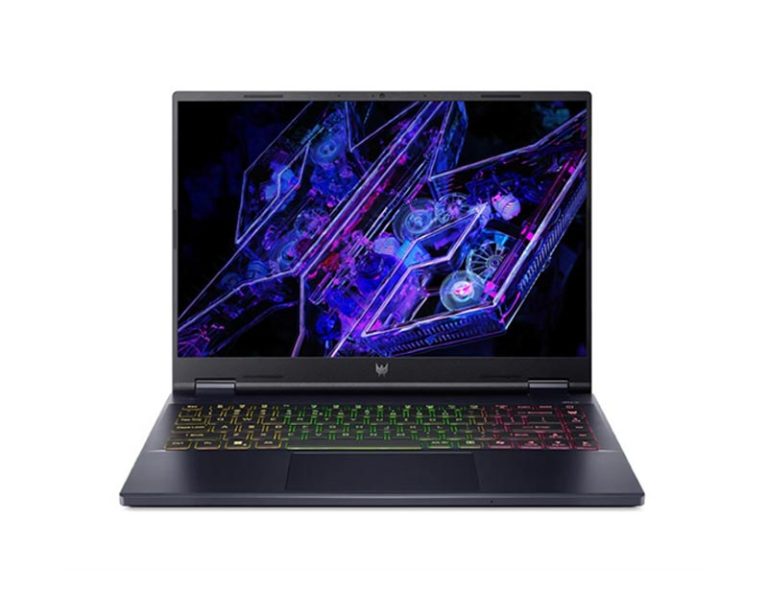Acer Predator Price in Bangladesh
Latest Acer Predator Laptop at Affordable Price in BD
Looking for an elite gaming experience? Computer Mania brings you the latest Acer Predator laptops at the most competitive prices in Bangladesh. Designed for hardcore gamers and professional creators, Acer Predator laptops offer exceptional performance, cutting-edge cooling systems, and stunning displays. Whether you’re into esports, AAA gaming, or heavy rendering work, Predator laptops deliver the speed, power, and reliability you need.
Explore our latest collection of Acer Predator laptops and upgrade your setup today with the best deals from Computer Mania!
Latest Acer Predator Laptop Price List in BD 2025
| Product | Price |
|---|---|
| Acer Predator Helios Neo 16 2024 Model | 186,900/- BDT |
| Acer Predator Helios Neo 16 14th Gen Gaming Laptop | 135,900/- BDT |
| Acer Predator Helios Neo 16 Gaming Laptop | 159,900/- BDT |
| Acer Predator Helios Neo 16 Core i9 14900HX Gaming Laptop | 235,900/- BDT |
| Acer Predator Helios 16 2024 Model Gaming Laptop | 340,000/- BDT |
| Acer Predator Helios 16 2024 Model | 310,000/- BDT |
| Acer Predator Helios 18 Gaming Laptop | 480,000/- BDT |
| Acer Predator Helios Neo 14 Core Ultra 9 Gaming Laptop | 274,900/- BDT |
Note: Prices are subject to change based on availability and market conditions. Please check the product page for the latest price.
Acer Predator Laptop Series Available in Bangladesh
At Computer Mania, you will find various Acer Predator series available to suit all levels of gaming enthusiasts in Bangladesh:
Acer Predator Helios Neo Series
Designed for serious gamers who need robust performance with modern aesthetics.Acer Predator Helios Series
Flagship-level gaming laptops with the latest Intel processors, powerful RTX graphics, and cutting-edge cooling solutions.Acer Predator Helios 18 Series
Massive 18-inch displays, ultimate performance, and thermal management for an unbeatable gaming and content creation experience.
These powerful machines ensure you stay ahead in every gaming battle or creative project.
Why Should I Buy an Acer Predator Laptop?
The Acer Predator series is built for users who demand extreme performance. Whether it’s competitive esports or graphically intensive AAA titles, Predator laptops are armed with top-tier Intel Core i7/i9 or Core Ultra processors and NVIDIA GeForce RTX 4000 series GPUs, ensuring maximum frame rates and superior graphics quality.
Predator laptops also come with high-refresh-rate displays (up to 250Hz), offering ultra-smooth visuals, especially crucial for fast-paced gaming. The signature PredatorSense™ control center allows users to monitor and control system performance, lighting, and fan speeds easily.
One of the biggest highlights is the advanced cooling systems like AeroBlade™ 3D fans and liquid metal thermal solutions which ensure the laptops remain cool even under extreme loads. Predator’s designs are also future-proof, offering easy upgradability for RAM and storage.
When you shop at Computer Mania, you get genuine Acer Predator laptops with official warranty support, best-in-market pricing, and professional after-sales service. Whether you are a pro gamer, a tech enthusiast, or a content creator, investing in a Predator laptop will give you an edge over the competition.
Buying Guide for Acer Predator Laptop and Notebook
When buying an Acer Predator laptop, keep these key points in mind:
Processor and Graphics Card: Choose Intel Core i7/i9 or Core Ultra CPUs with NVIDIA RTX 4070/4080/4090 GPUs for best gaming and rendering performance.
Cooling System: Look for models with AeroBlade™ fans and advanced cooling technologies for better thermal management.
Display Features: Opt for laptops with high-refresh-rate displays (165Hz or higher) for smoother visuals and reduced input lag.
Upgradability: Ensure the model you choose allows easy upgrades for RAM and SSD to future-proof your device.
Budget and Warranty: Buy from Computer Mania to enjoy original products with official warranty and the best after-sales support.
Assess your gaming or creative needs properly to pick the perfect Acer Predator that meets your demands!
FAQ of Acer Predator Laptop in Bangladesh
Q1: Are Acer Predator laptops good for gaming?
A: Absolutely! Acer Predator laptops are built specifically for gaming, offering high-end specs and superb cooling performance.
Q2: What is the difference between Acer Predator Helios and Helios Neo?
A: Helios Neo is a slightly more affordable series with great performance, while Helios focuses on premium features and ultra-high-end gaming performance.
Q3: Can I upgrade the RAM and storage in Acer Predator laptops?
A: Yes, most Acer Predator models allow you to upgrade both RAM and storage for better future performance.
Q4: Where can I buy Acer Predator laptops with an official warranty in Bangladesh?
A: You can buy from Computer Mania to ensure you get an official warranty and genuine Predator products.
Q5: Are Acer Predator laptops suitable for professional work like video editing or 3D rendering?
A: Definitely! The powerful CPUs, GPUs, and cooling solutions make them ideal for video editing, 3D rendering, and heavy multitasking.
Q6: Do Acer Predator laptops have good cooling systems?
A: Yes, they feature advanced cooling technologies like AeroBlade™ fans and liquid metal thermal compounds for superior heat management.

